Change and continuity
Consideration of change and continuity tends to be a feature of period and thematic studies. The latter, in particular, make it possible for students to examine trends and turning points over time, looking at those dimensions which remain stable while others alter, and examining the varying pace, direction and nature of those alterations. Another aspect of change and continuity – one that can also be explored within shorter depth studies – is the lived experience of change: how particular developments were experienced and understood by those who lived through them. These materials provide important insights into common student misconceptions and illustrate a range of strategies for planning and teaching (including the choice of worthwhile historical questions) that will support the development of more effective analytical descriptions of change and continuity. Read more
-

'Picture This': A simple technique to teach complex concepts
ArticleClick to view -

Anything but brief: Year 8 students encounter the longue durée
ArticleClick to view -

Climate change: greening the curriculum?
ArticleClick to view -

Continuity in the treatment of mental health through time
ArticleClick to view -
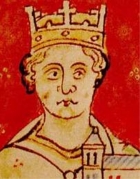
Cunning Plan 159: Was King John unlucky with his Barons?
ArticleClick to view -

Cunning Plan 163.1: GCSE Thematic study
ArticleClick to view -

Cunning Plan 178: How far did Anglo-Saxon England survive the Norman Conquest?
ArticleClick to view -

Dealing with the consequences
ArticleClick to view -

Developing students' thinking about change and continuity
ArticleClick to view -
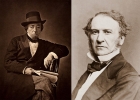
Engaging Year 9 students in party politics
ArticleClick to view -

Film: What's the wisdom on... Change and continuity
ArticleClick to view -

From flight paths to spiders’ webs: developing a progression model for Key Stage 3
ArticleClick to view -

From human-scale to abstract analysis: Year 7. Henry II & Becket
ArticleClick to view -
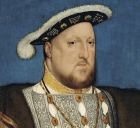
From road map to thought map: helping students theorise the nature of change
ArticleClick to view -

Have we got the question right? Engaging future citizens in local history enquiry
ArticleClick to view -
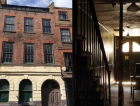
Helping Year 9s explore multiple narratives through the history of a house
ArticleClick to view -
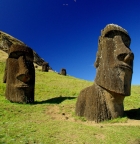
Historical Perspective & 'Big History'
ArticleClick to view -

How did changing conceptions of place lead to conflict in the American West? Reflecting on revision methods for GCSE
ArticleClick to view -

How students make sense of the historical concepts of change, continuity and development
ArticleClick to view -
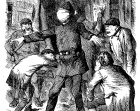
How visual evidence reflects change and continuity in attitudes to the police in the 19th and early 20th centuries
ArticleClick to view

